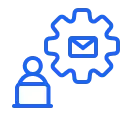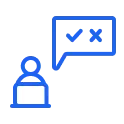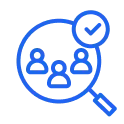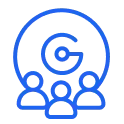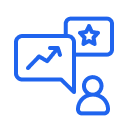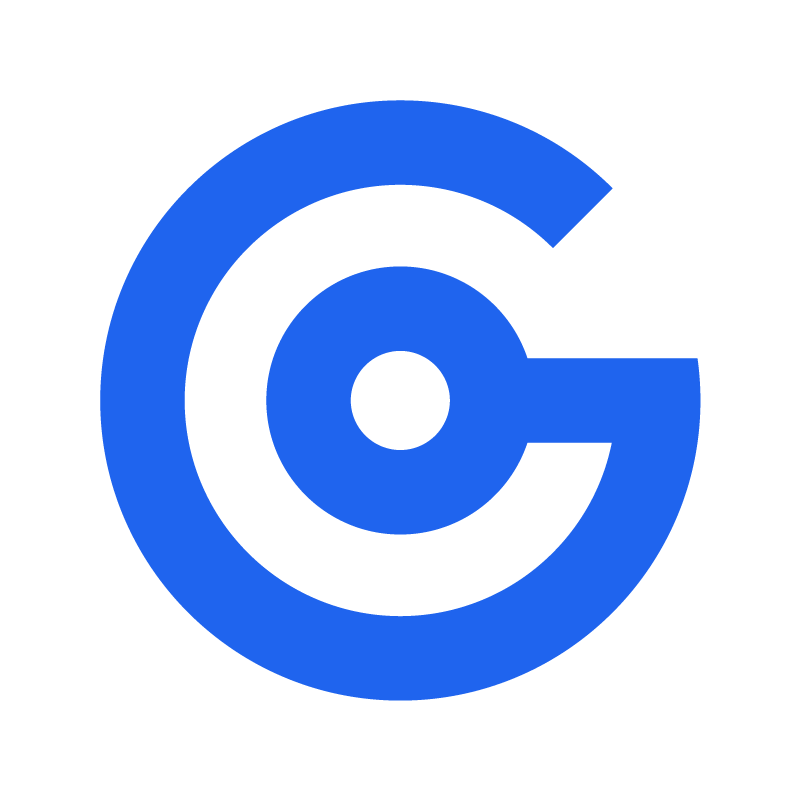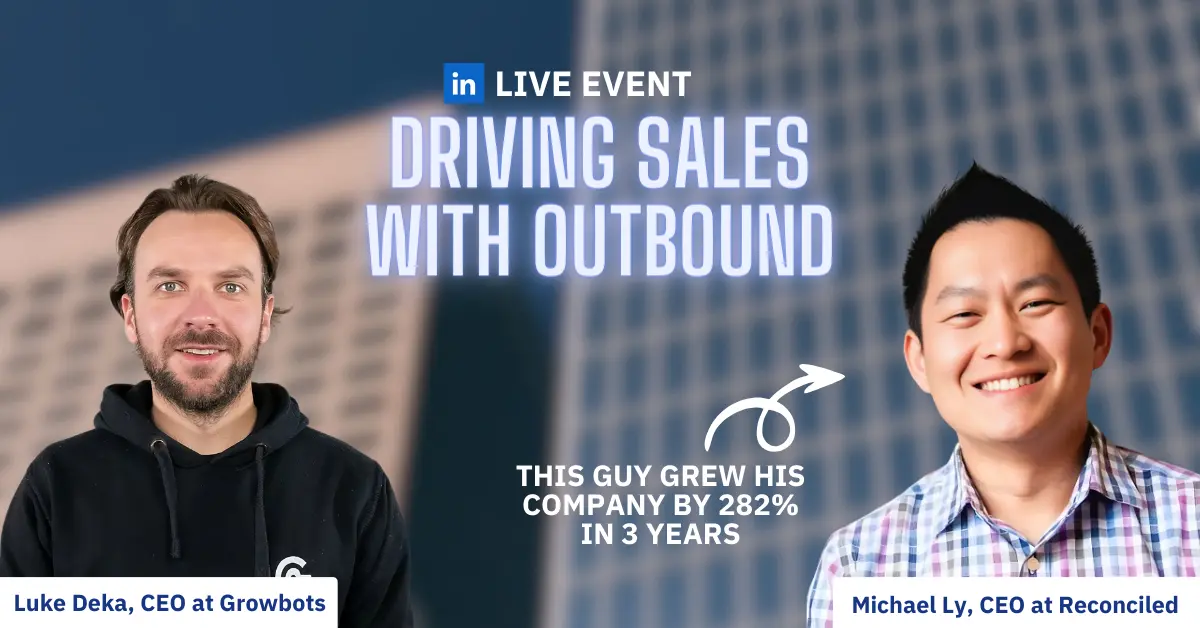When you were in high school, you probably came across the so-called “popular” kids. You know, the ones who love being the center of attention and who claim to be everyone’s friend.
I bet you wanted to be part of the gang, I mean who wouldn’t, they’re the cool kids right??!

Later in life though you realize it’s not about the quantity of friends you have, but about their quality.
Oftentimes, businesses try to sell their products to as many potential customers as possible, hoping such approach will improve sales. But let’s face it, you cannot please everyone (just like you can’t be everyone’s friend), so quit trying.
The key to success is to identify your perfect target audience, a good friend, who will stay with you for the good and for the bad. Who will forgive you a few missteps and won’t trade you for “a better model” as soon as an opportunity comes around.
But OK, jokes aside, here is a simple target audience definition:
A target audience is a group of people or companies who are most likely to buy your product or service.
What if I get my target audience wrong?
Getting your target audience right is incredibly important for both marketing and sales (all kinds of sales) but especially outbound sales.
After messing up your target audience…
Why?
Because outbound sales requires sending cold emails, and let’s be honest, most people don’t like receiving emails from people they don’t know.
They will only respond to your message if it’s relevant to them, which is why it’s so crucial to get your target audience right. Any message which doesn’t resonate with your reader will be perceived as spam.
Don’t sell to all
So, if you’re trying to sell to everyone, then clearly you have no idea who your target audience is (unless you’re selling a mass product of course), and it’s no good, so let’s fix it.
How to identify your perfect target audience?
Here is a list of questions that should help you identify your perfect target audience.
- What problem does my product solve?
To identify your perfect target audience you have to define the problem your product or service can solve. So you can then find a group of people/companies which can benefit from using it – i.e. you have to figure out their pain points.
If you are able to address multiple problems, then great as it means you can expand your target audience. Making it too narrow will limit your selling potential.
Making it too broad will have a negative impact on your performance – as it will be too difficult to tailor your messaging – cause one size fits all doesn’t work!
The citation below nicely summarizes the concept of selecting your target audience:
“It’s all about balance. If you try to reach everyone you will likely appeal to no-one, but if only a handful of people meet all your criteria you’ve needlessly gone too far”.
- Which sector should I focus on?
Is your product made for a specific sector? Or is the sector completely irrelevant? In our case, the vertical doesn’t matter. We have customers in a variety of sectors.
However, it is important to consider the sector while identifying your perfect target audience as customers from different sectors will have different expectations, and quite often different needs or priorities.
There might be sectors more keen on buying your products. Certain verticals are more regulated than others, and therefore might be more difficult to sell to.
Have you noticed any differences in your close rate? Even though we don’t limit ourselves to any particular sector, we have observed some close rate differences per sector.
Here is a very useful tool to compare your sales close rate against your industry competitors.
- Where are my customers located?
Are there any geographies that you want to exclude, or focus on in particular? There will be markets more in demand for your product/service than others. For example, when it comes to outbound sales, the US is the ultimate winner.
Not only because people are more familiar with the outbound sales concept, but also because there is no legislation which would forbid it. The location criterion is something you should closely monitor, as the situation might suddenly change.
For example, due to the introduction of the General Data Protection Regulation (GDPR) doing outbound sales in Europe will be practically impossible.
- What’s the ideal company size?
Size matters (sometimes). To identify your perfect target audience you have to decide whether you want to sell to small, medium or large businesses (what company size you want to appeal to), because the sales process will be very different. In general, the larger the company the longer the sales cycle.
Bigger firms tend to have higher expectations, they are more demanding. Is your product/service ready to satisfy their needs, or would you have to significantly modify it to meet their expectations?
Smaller companies usually have lower budgets and want to ensure that every dollar is well spent. Think about if your product is something that smaller businesses can afford.
The decision-making process also varies, but we’ll talk about it in a second.
- Who is involved in the decision making process?
Bigger companies = more bureaucracy which means more people involved in the decision-making process. You’ve got to identify them all and learn how to appeal to each person, as they’ll have different priorities and pain points.
Let’s take a company selling automation software as an example. We’ll consider 3 different stakeholders.
No. 1: Customer success specialist, customer hero, customer service representative
What value we deliver for them: They don’t have to enter data into individual applications
What objections they have: Don’t want to go through a time-consuming implementation process
How do your features perform the jobs they need to be done: It’s easy to automate tedious tasks, the interface is easy to navigate cutting down on time needed to set up tasks.
No 2: VP of customer success, head of customer service, customer service director
What value we deliver for them: They can automate their team’s processes, can ensure no requests get dropped
What objections they have: don’t want difficult onboarding, don’t want any lag between integrations
How do your features perform the jobs they need to be done: 750 integrations including their full support stack, full support means that there is no downtime.
No 3: CEO, COO, CTO
What value we deliver for them: They can build their software stack organically, in an integrated manner, works across every team in the company
What objections they have: Needs to be cost-effective, can’t drop any integrations
How do your features perform the jobs they need to be done: Team pricing plan, 750 integrations including all software used by the company
Bear in mind that the buyer might not necessarily be the user.
- Who are my competitors selling to?
To identify your perfect target audience you should check who your competitors sell to. Have they published any case studies showing how their customers benefited from using their product? If they did, you should definitely get hold of them to verify their target audience.
You can and you should read their product reviews on product review websites such as Capterra or G2Crowd because:
a. They can give you a clearer idea of who they’re targeting
b. Reviewers often mention the pain points that the product addressed or didn’t address
- What is the churn rate for my current customers?
Just because a certain market segment is easy to sell to, doesn’t necessarily mean they’re a good fit for you. So another question you should ask yourself while identifying your perfect target audience is: what is the churn rate among my current customers.
If it’s unusually high then, you have to figure out why that is, and if necessary revise your targeting criteria. For example, we have discovered that our churn rate is much higher among customers who have very little or zero experience in outbound sales.
This allowed us to adjust our targeting, and focus more on companies who have previous outbound sales experience.
You should keep one thing in mind, your target audience is not static but dynamic; it will be forever changing.
You have to continuously learn about it; it’s ok to initially have some information gaps.
But it’s crucial to fill them whenever you get a chance, to eventually create an ideal (or not so ideal) customer profile. Good luck!
